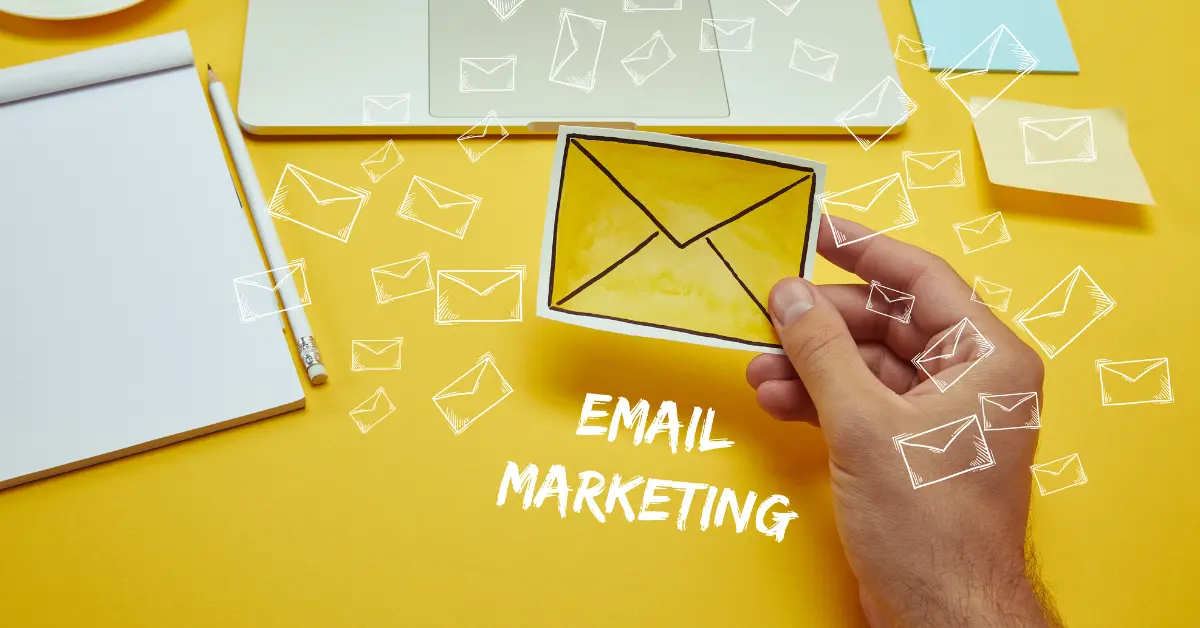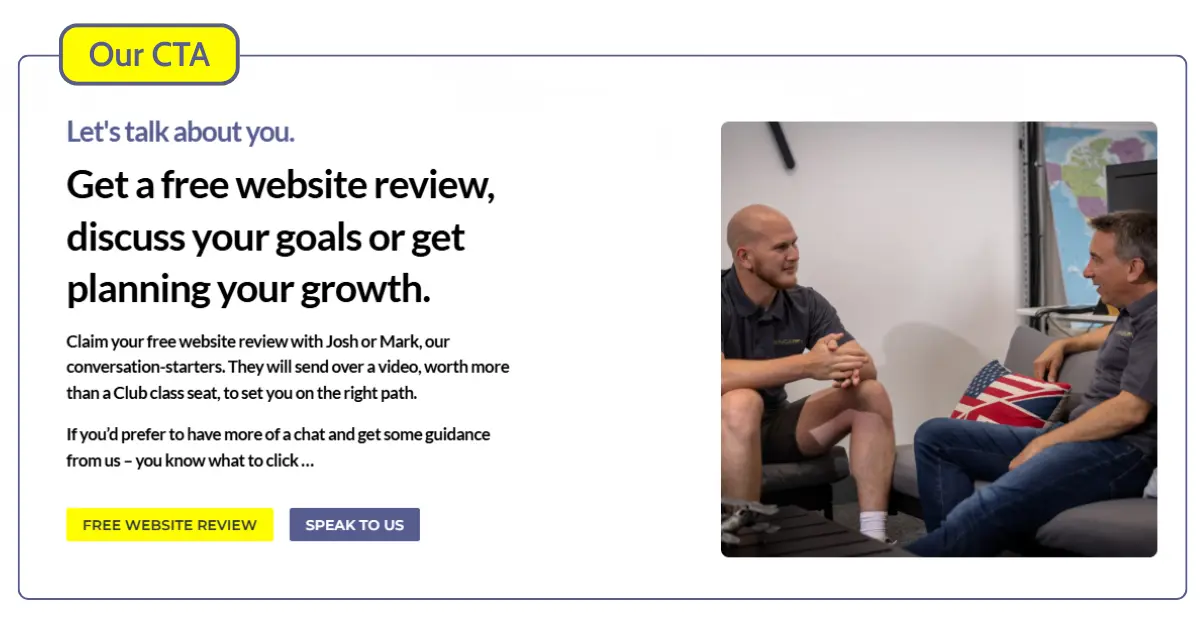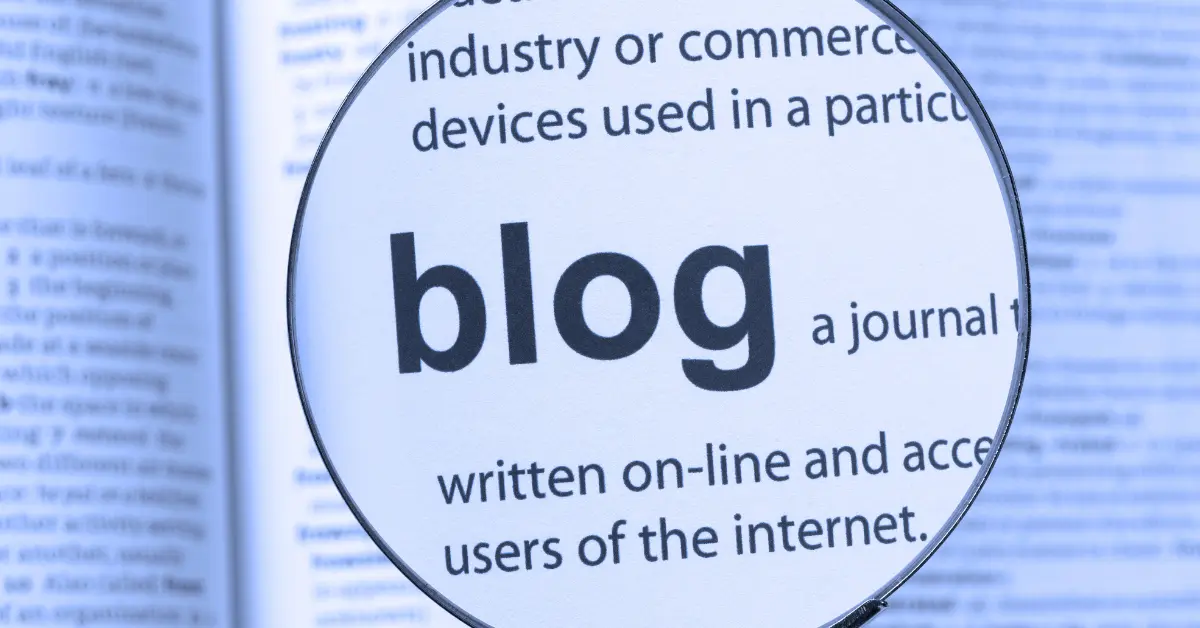Copywriting is often thought of as simply “putting words together”, but in practice it’s so much more. It’s about choosing language that resonates with an audience, shaping how they perceive a brand, and nudging them towards action.
The right words can inspire, persuade, reassure, and convert – but only if they’re crafted with intent.
Let’s explore five places your copy could be letting you down (and how to fix it).
Where Words Work Hardest
Not all copy carries the same weight. Some parts of a website, email, or campaign act as make-or-break moments – the pressure points where the right words can capture attention, build trust, and drive action.
These are the places where good copywriting proves its value:
1. Homepage H1s – Capturing Attention Instantly
Homepage headings (or H1s) are the first thing visitors see on your website. In the few seconds it takes someone to read yours, they’ve already decided if they’re going to stay and learn more or leave.
That gives you a very short window of time to make them think, ‘Yep, these guys can solve my problem.’
Getting an H1 Right
If you’re trying to craft a better homepage H1, just remember the three Cs.
Ask yourself, is it:
- Clear? – I love a clever marketing headline, but smart doesn’t always sell. Keep the language simple. Avoid terms your target audience doesn’t use themselves.
- Concrete? – Don’t be vague. What exactly does your business allow the audience to feel, become, or accomplish? The more specific, the better.
- Connected? – When we write H1s for our clients, we know exactly who our target audience is. That means we can connect our H1 to a key pain point – the Big Business Issue that they’re trying to solve.
Let’s Look at an Example
Wingman’s very own H1 is currently:
‘Unlock more conversations & better growth with the right sales & marketing for your MSP.’
In one sentence, this headline has:
- Promised a tangible benefit that the audience will care about
- Made it clear that we deal with MSPs
- Captured search intent around ‘sales and marketing for MSPs’, which gives the home page a nice SEO boost, too

2. Email Subject Lines – First Impressions Are Important
Similarly, your subject lines are the thing your recipient reads. They see them before even opening the email itself – which means they must grab attention and intrigue without clickbaiting the reader.
And it seems that everyone is trying this technique – with a compelling article highlighting that global open rates have risen to 22.4% in 2025. Now, I bet you’re thinking – wow, what an amazing fact! How can I become part of this?
Well, the magic lies in keeping things short, sharp, and enticing. Under 50 characters is the sweet spot, and personalisation goes a long way. Think “Hi Sarah” instead of “Dear Customer” – directly addressing the reader and making them feel valued.
For example, a subject line like “October Newsletter” will sink into the inbox swamp without a ripple. But swap it for “Is your IT ready for winter storms?” And suddenly you’re relevant, intriguing, and nudging the reader to click.

3. Calls to Action – Micro Copy, Major Impact
Imagine your audience has a headache. They’ve read your entire piece of content (whether it’s a website page, a blog, a social media post, or an email), which has essentially told them that you empathise with this headache, you know what’s caused it, and you know how to make it go away.
Your call to action (or CTA) is you saying, ‘Here’s the painkiller. Click to get it.’
They’re the final push, guiding readers from interest to action. They can make the difference between someone engaging further or dropping off.
Writing a CTA that Converts
- Use action verbs – ‘Accelerate your sales process’, ‘Claim your assessment pack’, ‘Expose your security vulnerabilities’
- Lead with benefits – People aren’t going to engage with you further if they don’t think they’re going to get something valuable in return.
- Try first person – Especially for time-sensitive or exclusive offers, playing on the audience’s excitement can pay off.
Remember: for your reader, the CTA should feel like a quick win, not a commitment.

4. Blogs – Educating, Engaging, and Converting
Blogs are where your brand gets to show off a bit. They’re your chance to educate, entertain, and give your audience a reason to stick around. Done well, blogs turn browsers into believers and believers into buyers.
But why do they matter so much? Simple. Blogs pull people in through Google, answer the very questions they’re already asking, and let you earn trust before you start talking about your services.
So, what makes a blog click? A strong angle that makes readers want to dive in. A structure that’s easy to skim (because no one’s reading Ulysses on their lunch break). And a mix of useful information alongside your brand’s personality – because bland never sells.
Take the title “Cyber Security for Growing Businesses” – it’s not very exciting. But change it into “5 Simple Cyber Security Mistakes Your Staff Might Be Making”, and you’ve suddenly got something specific, helpful, and a little bit cheeky.
That’s the kind of blog people actually want to read.

5. Messaging Frameworks – Defining the Core of the Story
A messaging framework provides the foundation for how we give clients a voice. It serves as a blueprint for how a brand speaks and what it stands for so that (at least in theory) anyone could come in and immediately get a clear idea of how that business likes to market itself.
That way, the tone and style of their communication stays consistent and strengthens their identity, regardless of who’s writing for them.
Why it matters: Without a strong messaging framework, a brand is at risk of coming across as inconsistent or disconnected, potentially confusing both existing customers and new prospects alike and undermining their trust.
A cohesive story allows every piece of content, in any format, to reinforce the same values and tone, creating an experience that feels wholly unified. It’s why our LinkedIn, for example, always sounds like ‘us’.
What goes into it: Successful frameworks are built on a deep understanding of their audience and a strong definition of the business’s personality, values, and key messages. Essentially, what is it they want to say, and how do they want to say it?
A good framework highlights core themes that speak directly to the audience’s needs, while positioning the brand as a reliable, trustworthy partner. Ideally, these themes are wrapped in language that’s clear, concise (nobody likes a waffler), and aligned with what the audience actually cares about.
Example: Take a brand that positions itself as “Your Proactive IT Partner”. Sure, it’s simple, but it’s a powerful phrase that could guide messages like:
- Preventing downtime before it happens
- Offering jargon-free, actionable IT advice
- Providing scalable solutions that grow with clients
These ideas then become the backbone of any marketing material, ensuring that no matter who’s writing the copy, the brand’s story stays true and consistent.
Make Every Word Count
Messaging frameworks, alongside headlines, subject lines, CTAs, and blogs, serve as the pillars of your communication strategy. When used correctly, these areas of copywriting help to build a consistent narrative that captures attention, inspires action, and strengthens brand identity.
Whether you’re writing a blog post, crafting an email subject, or designing your website’s messaging, the words you choose matter.
Each piece of copy has the power to move your audience closer to trusting your brand and, ultimately, to doing business with you. By mastering these key areas, you ensure that your marketing isn’t just noise but a compelling story that resonates with the right people.


 Share with the world 🙏
Share with the world 🙏


